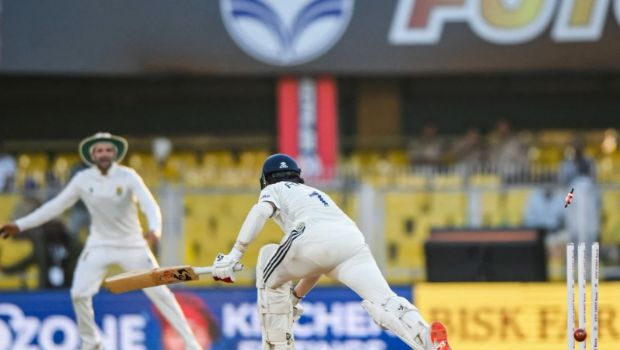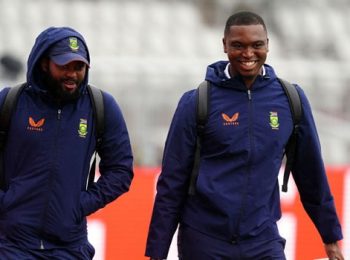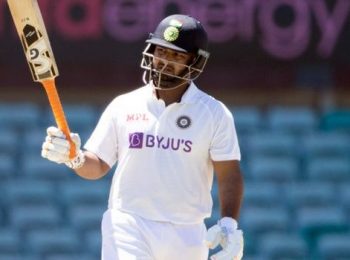In a low-scoring, hard-fought series where batting was difficult for both sides – especially on the challenging surface in the first Test at Eden Gardens – India’s batting proved to be the decisive disappointment.
Losing Shubman Gill to a neck spasm early in the series was a significant setback, arguably costing them India the Eden Gardens Test and forcing further reshuffles to an already unsettled XI. But beyond Gill’s absence, India simply failed to produce big scores or partnerships capable of pushing South Africa back.
Nothing illustrates the crisis more starkly than this: Kuldeep Yadav faced the third-most balls by an Indian in the entire series – 193 deliveries. A tailender forced to become the side’s endurance symbol tells its own story.
At the top, India’s senior-most batter KL Rahul was a major let-down. Test cricket demands run-making, not just survival. Despite facing the second-highest number of balls (218), he mustered only 68 runs across four innings. At 33, with an average of 36 after 67 Tests, it’s fair to ask what India gains by persisting with him through the remainder of the World Test Championship cycle.
Yashasvi Jaiswal struck one of only two Indian fifties in the series but was repeatedly exposed by Marco Jansen’s pace and bounce, falling to him three times. His inconsistency remains an issue, though his age and attacking talent suggest room to learn.
Rishabh Pant, returning after four months out due to injury, never settled into his best self. As the stand-in captain for most of the series, his poor shot selection and lack of composure were glaring when India needed maturity most.
The move to promote Washington Sundar to No. 3 at Eden Gardens was a one-Test experiment that didn’t stick. While he commendably faced more balls than any Indian batter in the series (309), his best of 48 underscored a pattern of getting starts without converting – an area that continues to frustrate for a player the team has heavily invested in.
Dhruv Jurel, usually praised for his temperament, looked strangely unsure throughout the series, twice picking out fielders with miscued pulls and eventually nicking off with loose hands. His place in the XI now looks uncertain.
Ravindra Jadeja chipped in with a fifty and often walked in under severe pressure due to top-order failures. While he did fall to two excellent deliveries – one in Kolkata and one in Guwahati – India expected more from their most experienced player.
Back at No. 3 in Guwahati, Sai Sudharsan survived 139 balls thanks in part to a Jansen no-ball early on day five. But with few runs to show and little evidence of long-term suitability, questions over his role at one-drop remain.
As for Nitish Reddy, the team management’s insistence on selecting him in Indian conditions is increasingly baffling. He bowls only in the nets, struggles to contribute runs in difficult situations, and disrupts team balance. His reckless reverse sweep to Simon Harmer – attempted before he’d even opened his account, with India needing to bat out time – felt symbolic of India’s muddled thinking. Dropping him seems the only logical call.
Ultimately, this was a series defined by bowlers – especially South Africa’s – and India’s confused, inconsistent batting order never came close to matching them. The Proteas’ discipline with the ball was central to their famous 2-0 win, and India’s batting failures made their job far too easy.


























